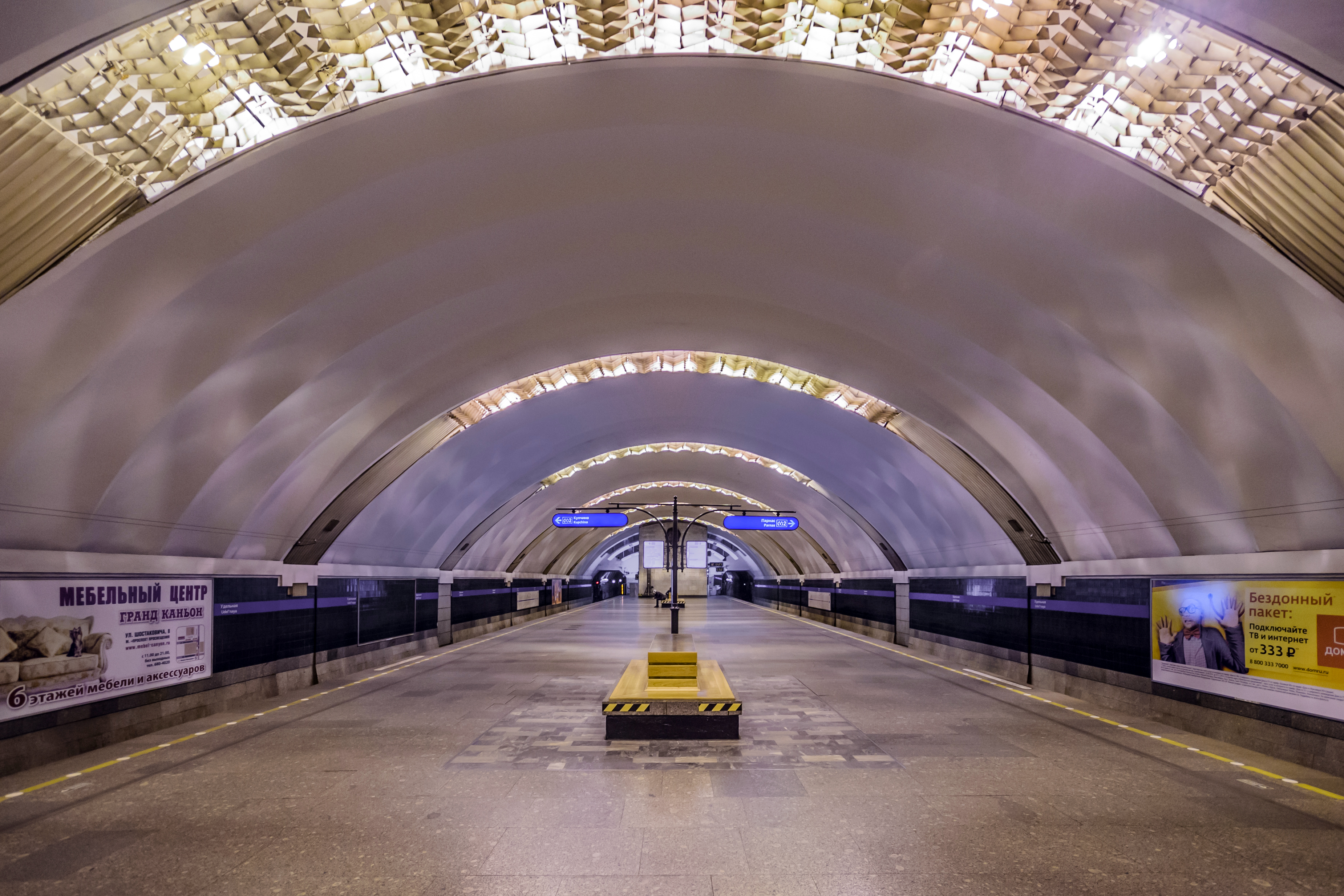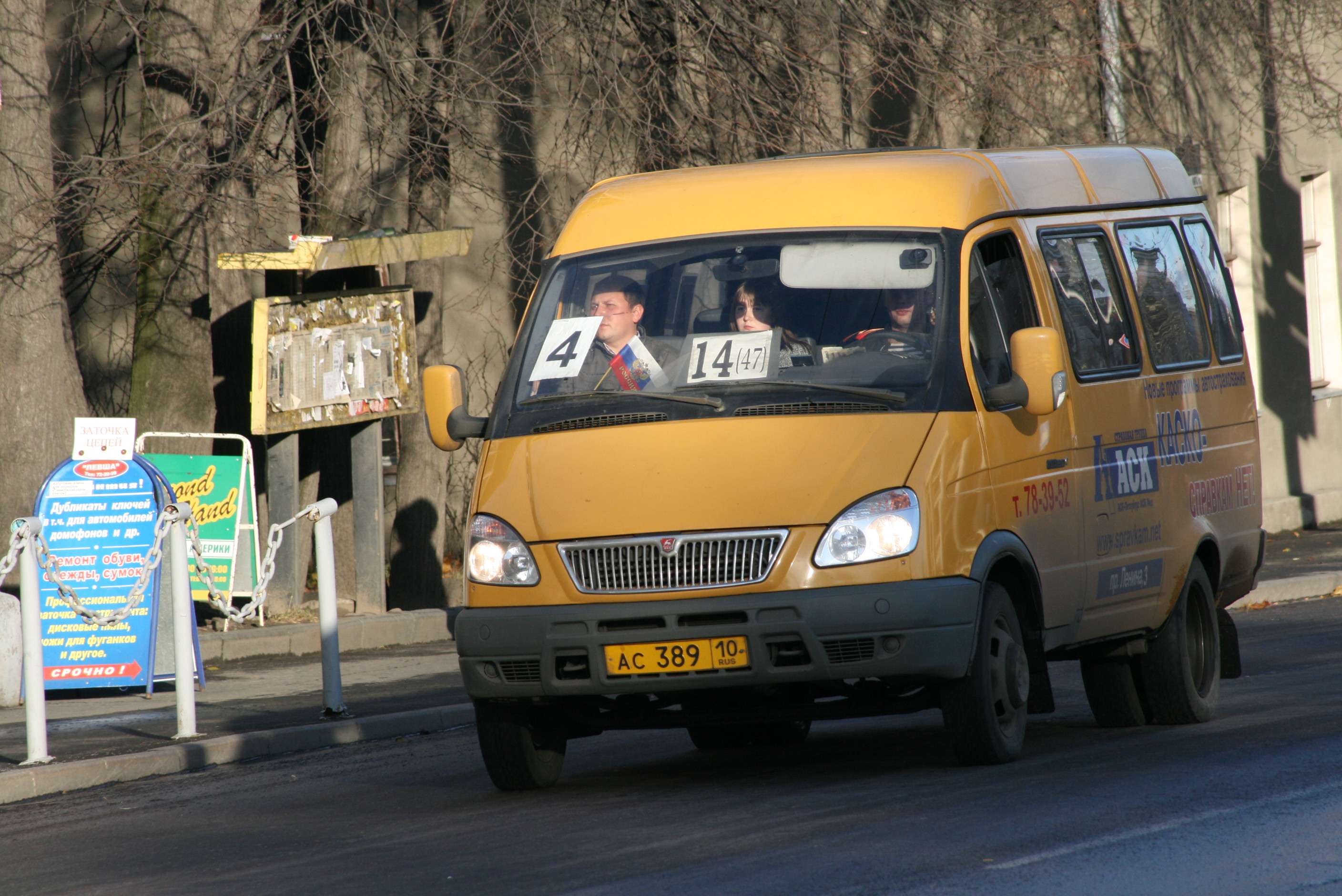|
Zvyozdnaya
Zvyozdnaya (russian: Звёздная) is a station on the Moskovsko-Petrogradskaya Line of the Saint Petersburg Metro. It was opened on December 25, 1972. It was designed by K.N. Afonskya, A.C. Getskin and V.P. Shuvalova. In the original blueprints, the station was called "Imeni Lensoveta" (Soviet of Leningrad Honorary station). Location The station is adjacent to Krylov State Research Center. Transit Connections * Tramway - Route 29 * Municipal Bus - Routes 34, 50, 59, 64, 64А, 116, 179, 192, 128 * Marshrutka ''Marshrutka'' [...More Info...] [...Related Items...] OR: [Wikipedia] [Google] [Baidu] |
Moskovsky District, Saint Petersburg
Moskovsky District (russian: Моско́вский райо́н) is a district of the federal city of St. Petersburg, Russia Russia (, , ), or the Russian Federation, is a transcontinental country spanning Eastern Europe and Northern Asia. It is the largest country in the world, with its internationally recognised territory covering , and encompassing one-eigh .... As of the 2010 Census, its population was 288,744; up from 275,884 recorded in the 2002 Census. History The district was established in 1919. The 2nd People's Militia Division was formed rapidly in this district in 1941 in the face of the advancing German armies. Municipal divisions Moskovsky District comprises the following five municipal okrugs:Law #411-68 * Gagarinskoye * Moskovskaya zastava * Novoizmaylovskoye * Pulkovsky meridian * Zvyozdnoye References Notes Sources * {{Authority control ... [...More Info...] [...Related Items...] OR: [Wikipedia] [Google] [Baidu] |
Saint Petersburg
Saint Petersburg ( rus, links=no, Санкт-Петербург, a=Ru-Sankt Peterburg Leningrad Petrograd Piter.ogg, r=Sankt-Peterburg, p=ˈsankt pʲɪtʲɪrˈburk), formerly known as Petrograd (1914–1924) and later Leningrad (1924–1991), is the List of cities and towns in Russia by population, second-largest city in Russia. It is situated on the Neva River, at the head of the Gulf of Finland on the Baltic Sea, with a population of roughly 5.4 million residents. Saint Petersburg is the List of European cities by population within city limits, fourth-most populous city in Europe after Istanbul, Moscow and London, the List of cities and towns around the Baltic Sea, most populous city on the Baltic Sea, and the world's List of northernmost items#Cities and settlements, northernmost city of more than 1 million residents. As Russia's Imperial capital, and a Ports of the Baltic Sea, historically strategic port, it is governed as a Federal cities of Russia, federal city. ... [...More Info...] [...Related Items...] OR: [Wikipedia] [Google] [Baidu] |
Russia
Russia (, , ), or the Russian Federation, is a transcontinental country spanning Eastern Europe and Northern Asia. It is the largest country in the world, with its internationally recognised territory covering , and encompassing one-eighth of Earth's inhabitable landmass. Russia extends across eleven time zones and shares land boundaries with fourteen countries, more than any other country but China. It is the world's ninth-most populous country and Europe's most populous country, with a population of 146 million people. The country's capital and largest city is Moscow, the largest city entirely within Europe. Saint Petersburg is Russia's cultural centre and second-largest city. Other major urban areas include Novosibirsk, Yekaterinburg, Nizhny Novgorod, and Kazan. The East Slavs emerged as a recognisable group in Europe between the 3rd and 8th centuries CE. Kievan Rus' arose as a state in the 9th century, and in 988, it adopted Orthodox Christianity from the ... [...More Info...] [...Related Items...] OR: [Wikipedia] [Google] [Baidu] |
Island Platform
An island platform (also center platform, centre platform) is a station layout arrangement where a single platform is positioned between two tracks within a railway station, tram stop or transitway interchange. Island platforms are popular on twin-track routes due to pragmatic and cost reasons. They are also useful within larger stations where local and express services for the same direction of travel can be provided from opposite sides of the same platform thereby simplifying transfers between the two tracks. An alternative arrangement is to position side platforms on either side of the tracks. The historical use of island platforms depends greatly upon the location. In the United Kingdom the use of island platforms is relatively common when the railway line is in a cutting or raised on an embankment, as this makes it easier to provide access to the platform without walking across the tracks. Advantages and tradeoffs Island platforms are necessary for any station with m ... [...More Info...] [...Related Items...] OR: [Wikipedia] [Google] [Baidu] |
Third Rail
A third rail, also known as a live rail, electric rail or conductor rail, is a method of providing electric power to a railway locomotive or train, through a semi-continuous rigid conductor placed alongside or between the rails of a railway track. It is used typically in a mass transit or rapid transit system, which has alignments in its own corridors, fully or almost fully segregated from the outside environment. Third rail systems are usually supplied from direct current electricity. Modern tram systems, street-running, avoid the risk of electrocution by the exposed electric rail by implementing a segmented ground-level power supply, where each segment is electrified only while covered by a vehicle which is using its power. The third-rail system of electrification is not related to the third rail used in dual gauge railways. Description Third-rail systems are a means of providing electric traction power to trains using an additional rail (called a "conductor rail") ... [...More Info...] [...Related Items...] OR: [Wikipedia] [Google] [Baidu] |
Saint Petersburg Metro
The Saint Petersburg Metro (russian: links=no, Петербургский метрополитен, Peterburgskiy metropoliten) is a rapid transit system in Saint Petersburg, Russia. Construction began in early 1941, but was put on hold due to World War II and the subsequent Siege of Leningrad, during which the constructed stations were used as bomb shelters. It was finally opened on 15 November 1955. Formerly known as the '' Order of Lenin Leningrad Metro named after V. I. Lenin'' (), the system exhibits many typical Soviet designs and features exquisite decorations and artwork making it one of the most attractive and elegant metros in the world. Due to the city's unique geology, the Saint Petersburg Metro is also one of the deepest metro systems in the world and the deepest by the average depth of all the stations. The system's deepest station, Admiralteyskaya, is below ground. The network consists of 5 lines with a total length of . It has 72 stations including 7 transfer ... [...More Info...] [...Related Items...] OR: [Wikipedia] [Google] [Baidu] |
Moskovsko-Petrogradskaya Line
Line 2 of the Saint Petersburg Metro, also known as ''Moskovsko-Petrogradskaya Line'' (russian: Моско́вско-Петрогра́дская ли́ния) or ''Blue Line'', is a second oldest rapid transit line in Saint Petersburg, Russia, opened in 1961, which connects city centre with the northern and southern districts. It featured the first cross-platform transfer in the USSR. It was also the first metro line in Saint Petersburg to feature a unique platform type that soon became dubbed as "Horizontal Lift". The line cuts Saint Petersburg on a north-south axis and is generally coloured blue Blue is one of the three primary colours in the RYB colour model (traditional colour theory), as well as in the RGB (additive) colour model. It lies between violet and cyan on the spectrum of visible light. The eye perceives blue when ... on Metro maps. In 2006, as an extension was opened, it became the longest line on the system. Timeline Name changes Transfers ... [...More Info...] [...Related Items...] OR: [Wikipedia] [Google] [Baidu] |
Krylov State Research Center
The Krylov State Research Center (russian: Крыловский государственный научный центр) is a Russian shipbuilding research and development institute, which operates as a federal state-owned unitary enterprise. The institute is named after Aleksey Krylov, the Russian naval designer and mathematician who was one of its first superintendents, and is based in Saint Petersburg. History The institute was established in 1894, to operate the Russian Empire's first ship model basin—the Naval Administration Towing Tank—on New Holland Island in Saint Petersburg. On 8 March that year, Emperor Alexander III and members of the royal family toured the facility, which is considered the foundation date of the institute.History 1894 , Krylov State Research Center. On 3 January 1900, Aleksey Krylov was a ... [...More Info...] [...Related Items...] OR: [Wikipedia] [Google] [Baidu] |
Tramways In Saint Petersburg
Trams in Saint Petersburg are a major mode of public transit in the city of Saint Petersburg, Russia. Saint Petersburg once had the second-largest tram network in the world, consisting of about of unduplicated track in the late 1980s. However, since 1995 the tramway network has declined sharply in size as major portions of track were removed, particularly in the city centre. Saint Petersburg lost its record to Melbourne, Australia. While it still had of length in 2002, by early 2007 the tram network's had declined to just over , and by the 2010s operated on just of network. The system is operated by ''Gorelektrotrans'' (russian: Горэлектротранс), a municipal organization that operates St. Petersburg's 40 tram routes, as well as the city's trolleybus network. History Early days Saint Petersburg saw the arrival of street rail transport during the 1860s in form of horse-drawn rail carriages. The first, freight-only street railway track was opened in 1854 to serve o ... [...More Info...] [...Related Items...] OR: [Wikipedia] [Google] [Baidu] |
Marshrutka
''Marshrutka''Urban transportation systems: choices for communities (p. 254). Sigurd Grava. McGraw-Hill Professional, 2003. 840 pp. 0071384170, 9780071384179. or ''marshrutnoe taksi''THE COMPARATIVE ANALYSIS OF ENGLISH AND LITHUANIAN: TRANSPORT TERMS AND SOME METHODS OF DEVELOPING EFFECTIVE SCIENCE WRITING STRATEGIES BY NON ... [...More Info...] [...Related Items...] OR: [Wikipedia] [Google] [Baidu] |
Saint Petersburg Metro Stations
In religious belief, a saint is a person who is recognized as having an exceptional degree of holiness, likeness, or closeness to God. However, the use of the term ''saint'' depends on the context and denomination. In Catholic, Eastern Orthodox, Anglican, Oriental Orthodox, and Lutheran doctrine, all of their faithful deceased in Heaven are considered to be saints, but some are considered worthy of greater honor or emulation. Official ecclesiastical recognition, and consequently a public cult of veneration, is conferred on some denominational saints through the process of canonization in the Catholic Church or glorification in the Eastern Orthodox Church after their approval. While the English word ''saint'' originated in Christianity, historians of religion tend to use the appellation "in a more general way to refer to the state of special holiness that many religions attribute to certain people", referring to the Jewish tzadik, the Islamic walī, the Hindu rishi or Si ... [...More Info...] [...Related Items...] OR: [Wikipedia] [Google] [Baidu] |
Railway Stations In Russia Opened In 1972
Rail transport (also known as train transport) is a means of transport that transfers passengers and goods on wheeled vehicles running on rails, which are incorporated in tracks. In contrast to road transport, where the vehicles run on a prepared flat surface, rail vehicles (rolling stock) are directionally guided by the tracks on which they run. Tracks usually consist of steel rails, installed on sleepers (ties) set in ballast, on which the rolling stock, usually fitted with metal wheels, moves. Other variations are also possible, such as "slab track", in which the rails are fastened to a concrete foundation resting on a prepared subsurface. Rolling stock in a rail transport system generally encounters lower frictional resistance than rubber-tyred road vehicles, so passenger and freight cars (carriages and wagons) can be coupled into longer trains. The operation is carried out by a railway company, providing transport between train stations or freight customer facilit ... [...More Info...] [...Related Items...] OR: [Wikipedia] [Google] [Baidu] |


.jpg)


